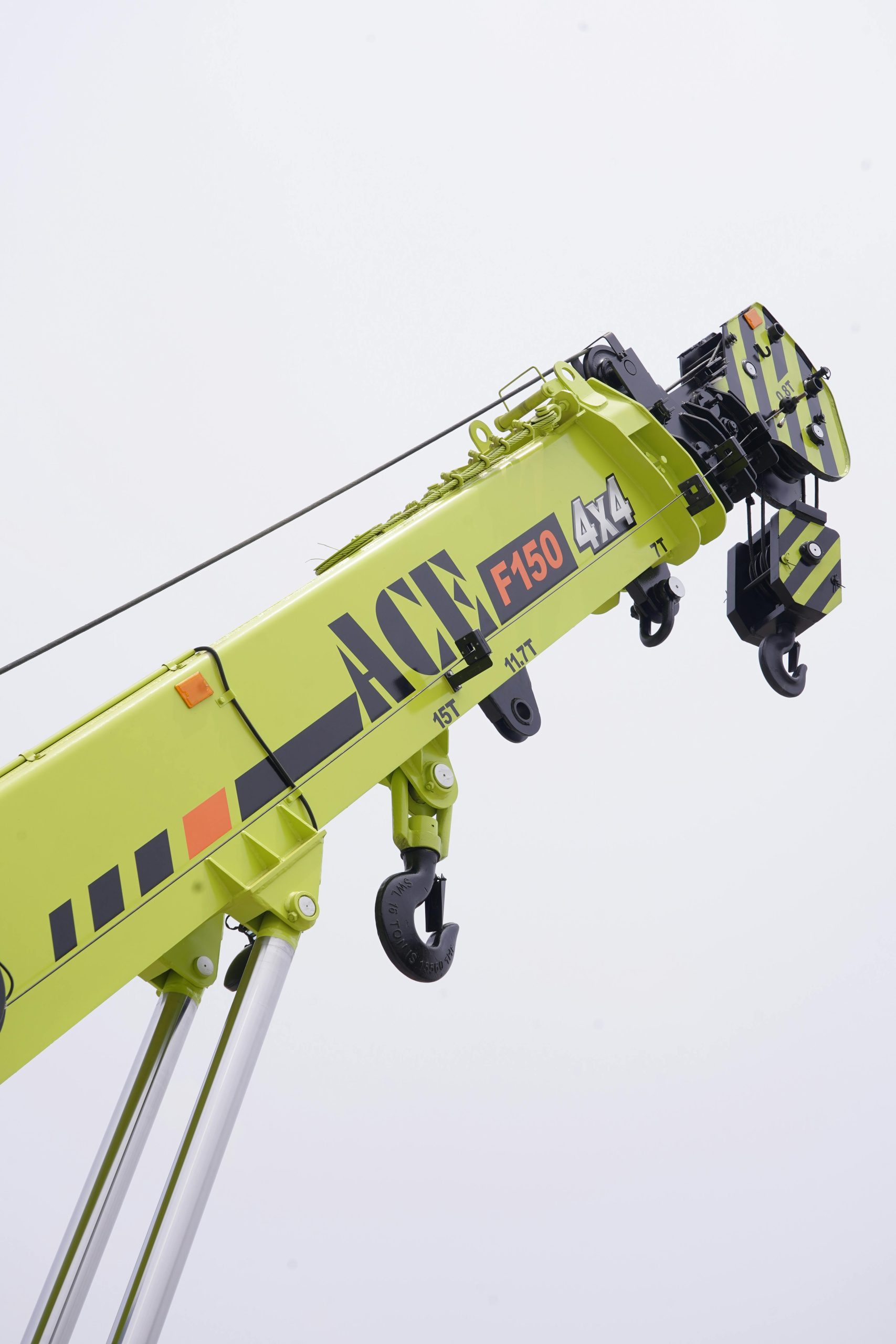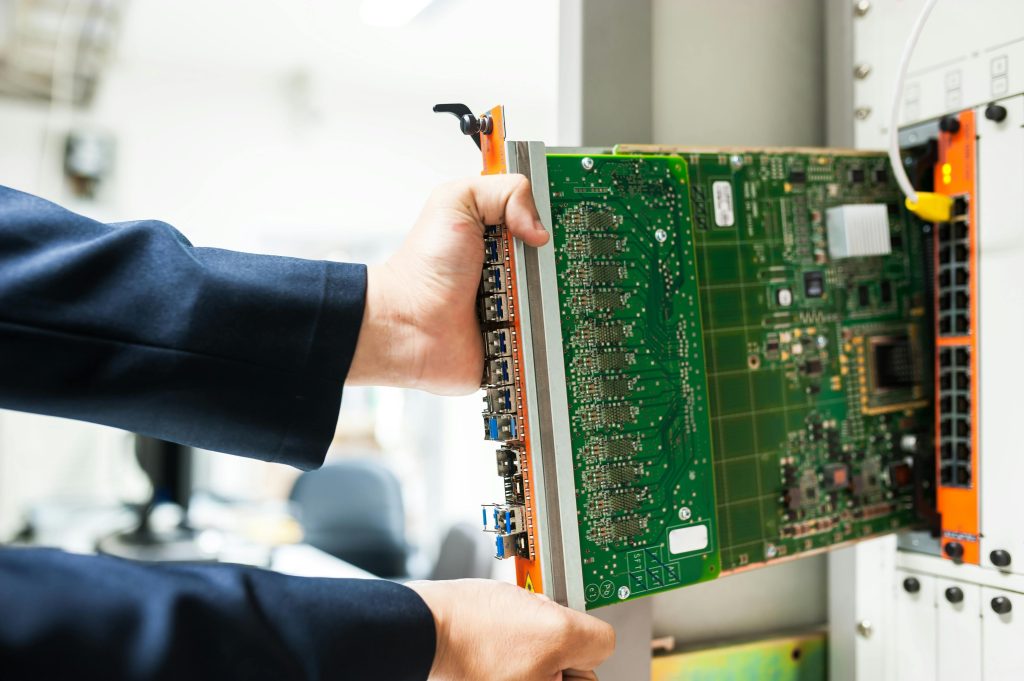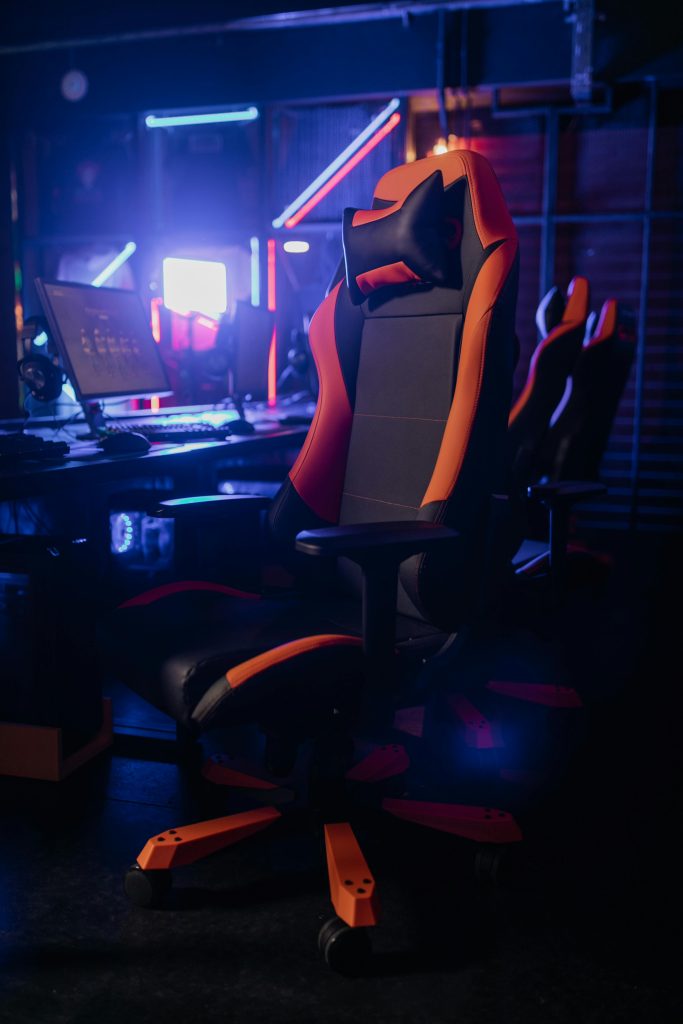Understanding and Troubleshooting Laptop Overheating and Startup Issues: A Case Study with ASUS TUF F15 FX507ZC
Introduction
Laptops are indispensable tools for work, study, and entertainment, but encountering issues such as overheating and startup failures can be frustrating. In this article, we examine a real-world scenario involving an ASUS TUF F15 FX507ZC model, highlighting common problems and discussing potential solutions. This case study aims to provide guidance for users experiencing similar challenges and emphasizes the importance of proper troubleshooting and professional support.
Background
The user purchased their ASUS TUF F15 FX507ZC in December 2024. Initially, the device performed well, serving their needs without issues. However, early on, a hardware concern surfaced when the right hinge began to deteriorate. The problem was promptly addressed by Geek Squad, who repaired the hinge without complications.
Subsequently, the user encountered new problems: the laptop started overheating and the discrete GPU (dGPU) remained disabled. After researching solutions, they discovered that enabling the “Ultimate” mode might resolve the GPU issue. Following this advice, they adjusted settings and restarted the laptop. However, the restart resulted in a black screen, though the keyboard backlight and Windows startup sound indicated that the system was powered on. Attempts to force shutdown by holding the power button yielded the same outcome.
Current Situation
Despite returning the device to Geek Squad for repairs, the issues persist. The laptop continues to overheat and fails to boot correctly, presenting a black screen even though it appears to be powered on. The user reports feeling unfamiliar with hardware troubleshooting and prefers not to attempt repairs independently.
Potential Causes and Recommendations
While the exact cause of these symptoms can vary, several common factors may contribute:
- Thermal Management Problems: Accumulated dust, degraded thermal paste, or faulty cooling components can cause overheating.
- Hardware Failures: Issues with the GPU, motherboard, or other internal components could lead to startup failures.
- Software or BIOS Corruption: Incorrect settings, driver conflicts, or firmware issues may result in boot problems.
- Physical Damage: Previously repaired hardware or physical stress could impact system stability.
Suggested Next Steps
Given the complexity of these issues and the user’s discomfort with hardware troubleshooting, the following steps are recommended:
- Professional Diagnostics: Have a certified technician perform comprehensive hardware testing and diagnosis.
- BIOS/UEFI Update: Ensure the device’s firmware is up-to-date, which can resolve boot-related issues
Share this content:



